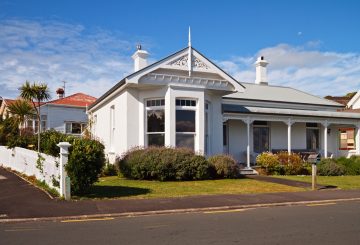Since early 2020 when Covid-19 first entered our shores, New Zealand has used an alert level system. On December 3, this will change to the new traffic light system.
Prime Minister Jacinda Ardern announced that the new traffic light system would come into effect. She said it was very important that people understood, “for the most part, if you are vaccinated, you can go about doing all the kind of things you would usually expect”
“What varies is just how large those gatherings are at different levels,” continued Ardern.
Whilst referred to as the “traffic light system,” its formal title is the Covid-19 Protection Framework.
Like a traffic light, the framework has three settings – red, orange and green.
Each region’s vaccine levels will determine which setting the region will have, however on December 3 it will be either red or orange.
“We will look at vaccine rates, we will look at case rates, and that will be the major determining factor but we’ll also be pragmatic. So you know, a good indication is if you’ve hit 90 percent first dose is a good indication of where you’re heading.”
Red
• Under this setting hospitality will be allowed to open with vaccine certificates, but gatherings of people will have limits, physical distancing, masks and other public health measures would be used.
• Record keeping and scanning will be required, with face coverings mandatory on flights, public transport, in taxis, retail shops, and in venues.
• Most people will be advised to work at home, but early childhood education centres, schools and kura can open with public health measures.
• Public facilities can open with up to 100 people and 1 metre distancing. Retail shops will need to ensure 1 metre distancing as well.
• Limited capacity will be allowed at some community events.
Orange
• Under this setting, limits for people gathering do not apply, however venues that elect not to use vaccination certificates will either be closed or have public health measures in place.
• If vaccination certificates are used, there will not be limits for people gathering in hospitality businesses, weddings, churches or other places of worship, public events, close contact businesses and gyms.
• Without the use of certificates, hospitality and gatherings will have limits applied.
• Without the use of certificates, events, gyms and close contact businesses will not be able to operate.
Green
• The green setting is when there are low levels of Covid-19 cases in the community.
• People who are fully vaccinated can participate in all public events and hospitality venues providing they show their vaccination certificate.
• Premises choosing not to use certificates will face restrictions similar to the current alert level framework.




























































